5 Reasons Why Sunrise is the Best Time for Landscape Photography
by Alex W.
As we already know, landscape photography is all about the light. Without light there is no photograph, and if you have a compelling composition and subject great light will bring out the best of it.
That’s the reason that so many landscape photographers shoot during the golden hours of the day – Shortly after sunrise and just before sunset. It means groan-inducingly early alarm calls during the summer months, but generally the results are well worth the effort and sleep deprivation.
Why, I hear you ask, do you not just wait until sunset then? Staying out a bit later is much easier than crawling out of bed at 2am right?
Of course it is, but there are some very good reasons why I think sunrise is the best time for landscape photography:
You Might Like… Behind the Lens with Matt Holland
1. Temperature Inversions
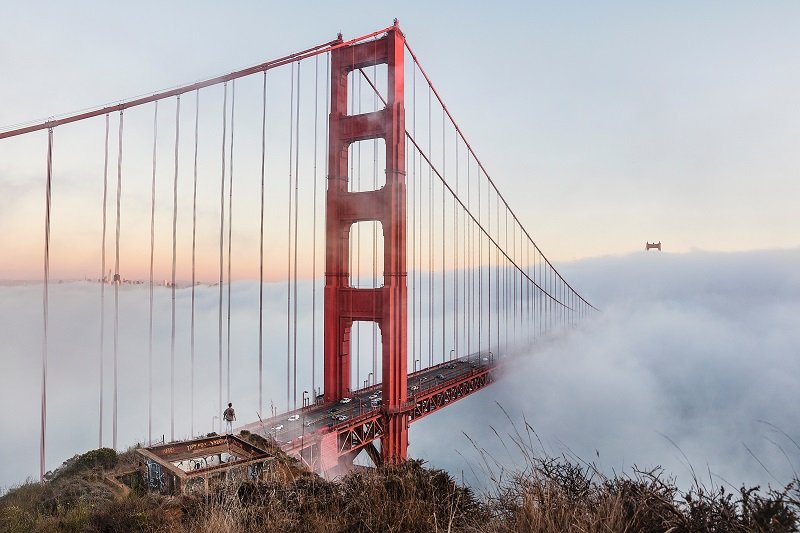
Temperature inversions, or cloud inversions as they’re often (wrongly) called, are the holy grail of many a landscape photographer. Looking at the image, you can see why.
A temperature inversion is caused by a layer of colder air being trapped beneath a ceiling of warm air, which means it actually gets warmer the higher you go. The dense cold air below can’t rise through the warmer air above it, and it’s this factor that can lead to cloud inversions.
This is when a thick sheet of cloud gets trapped beneath the warm air above it, and the result is spectacular. Mountaintops rising out of a sea of drifting cloud that stretches as far as the eye can see.
Temperature inversions generally burn off a few hours after the sun breaches the horizon though, with the solar rays sufficiently warming the trapped cold air to allow the mist to dissipate. This is precisely the reason so many landscape photographers make the self-sacrifice of those early alarm calls.
How to Predict a Temperature Inversion
Nature is unpredictable, so of course we can very rarely predict exactly when and where a temperature inversion will take place. There are some handy weather signals to watch out for though:
- Wind Speeds – Low wind speeds are necessary, otherwise the mist and clouds will simply blow away.
- Clear Night – A clear night allows the lower ground to cool through the process of radiation, and that cold air at low altitudes is the base for a temperature inversion.
- Spring, Autumn, and Winter – A temperature inversion needs the ground to cool off overnight, and for obvious reasons this happens a lot more often outside the summer months. This means that inversions are much more prevalent in spring, autumn, and winter.
- Flattening Smoke – If you’re out and about the evening before, possibly camping, then take a look at the environment shortly after sunset. If you see the smoke from chimneys seemingly hitting a ‘ceiling’ and flattening out then a temperature inversion is beginning. The smoke can’t pass through the warm air above either, and the fact that you can see smoke at all means it’s windless enough for cloud to linger.
Photographing these inversions requires you to get up above the clouds before the sun burns it off. Obviously this means an early wake-up and a good knowledge of the surrounding terrain, with an isolated peak overlooking a sheltered valley being a prime location in these conditions.
Full on cloud inversions are pretty rare, but when you do witness one it’s majestic. I guarantee you will never forget it.
2. Misty Mornings
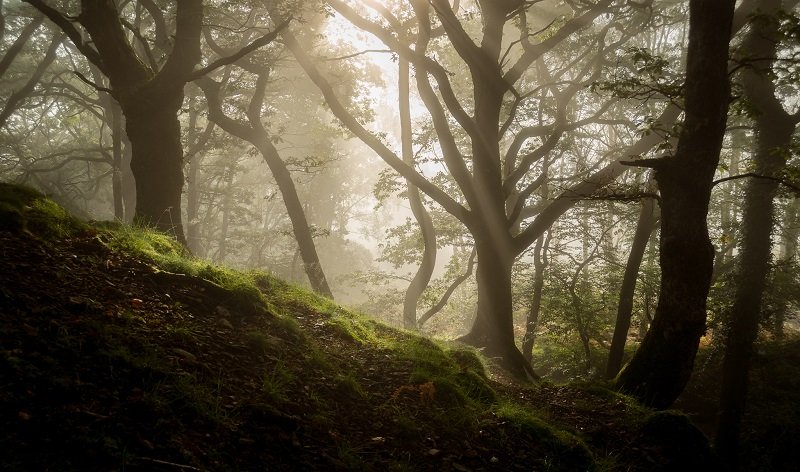
Another weather phenomenon that rarely occurs in the daylight hours, mist is the staple of many landscape photographer’s diet.
Technically it’s actually the same process that takes place in a cloud inversion, but on a marginally less spectacular scale. To put it simply – A misty morning is often just a temperature inversion but without the thick cloud. This causes radiation fog, especially around large bodies of water, which rises from the ground and settles into a layer of mist overnight.
You Might Like… Ultimate Guide to Forest Photography
This is then burned off by the rising sun, although not before the early-bird photographers have had their fair share of it.
Predicting a misty morning is the same process as above, and as always planning in advance can be a huge benefit. After years of photographing my local area I now know the prime locations for mist to form, so as soon as conditions look promising I know where to go.
3. The Light is Crisper
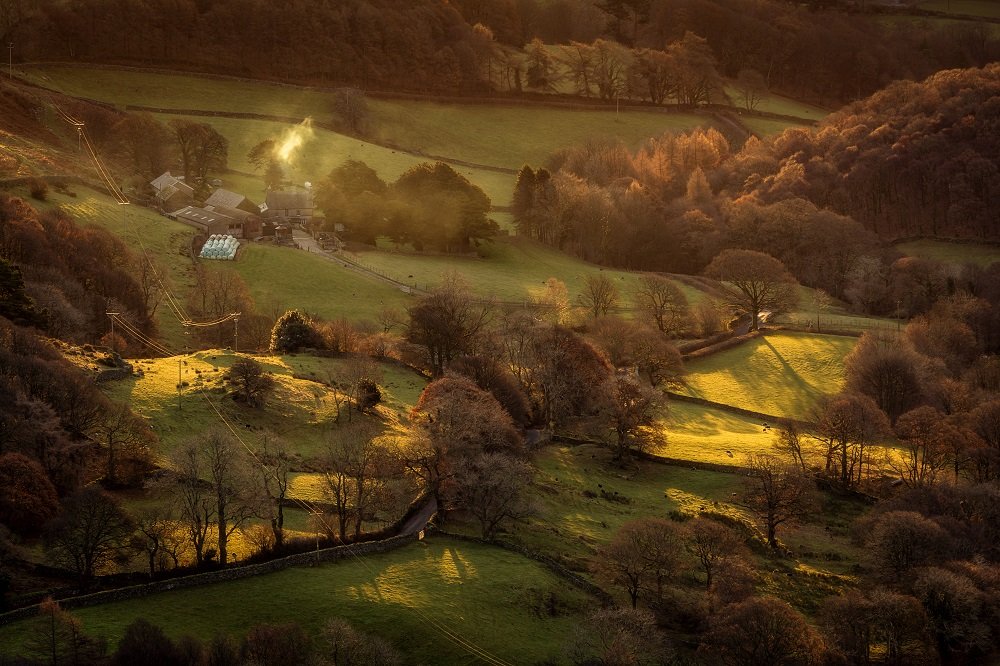
This may sound strange, but the light at sunrise is usually quite different to the light at sunset, and it’s thanks to us pesky humans.
It’s no secret that we release quite a lot of pollutants into the atmosphere, but it might come as news to you that this can actually affect how the sunrise and sunset looks. Who knew science played such a large role in landscape photography?
During the day, when most sane people are active, we release a lot of particles into the atmosphere that hang around in the wind. These wind-borne particles scatter the light that comes through our atmosphere, and because of this the light that reaches us is often a bit hazy.
Overnight these particles settle down as human activity decreases and the air cools, so the light at dawn is actually much clearer than the sunset just hours before it. Whether you prefer this crisp light to the hazier light of sunset is a matter of personal taste of course.
You Might Like… Best Photography Accessories on a Budget
4. Solitude Breeds Creativity
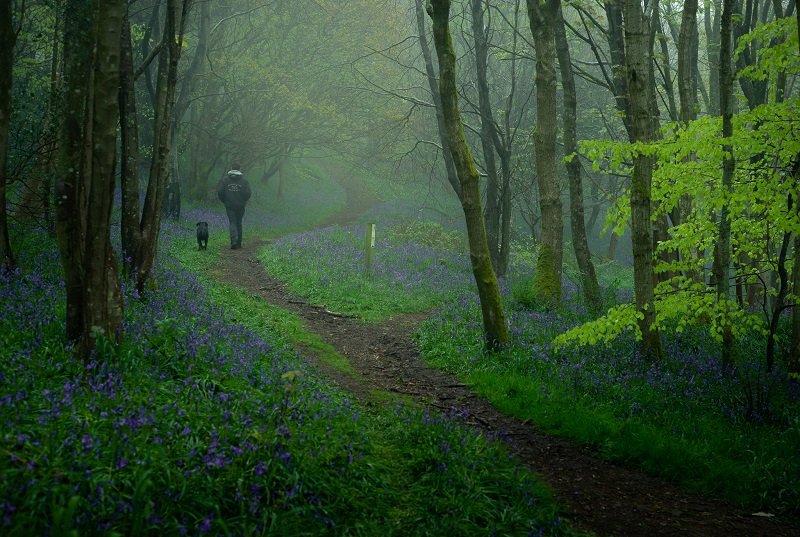
One of the key reasons that I prefer shooting at dawn to dusk is the solitude and quiet of the world around me.
Landscape photography appealed to me not just because of the spectacular vistas I had seen online, but also because of the inherent solitude of it all. The feeling of being the only one for miles around, and of being almost at the mercy of nature.
Like it or not, you are much more likely to find solitude at sunrise than sunset. Most people are asleep as the sun breaks over the horizon, so many of those usually popular destinations are deserted. There is nothing quite like standing atop a mountain as the sun rises, knowing you’re the only person in the world seeing this view.
5. The Dawn of a New Day
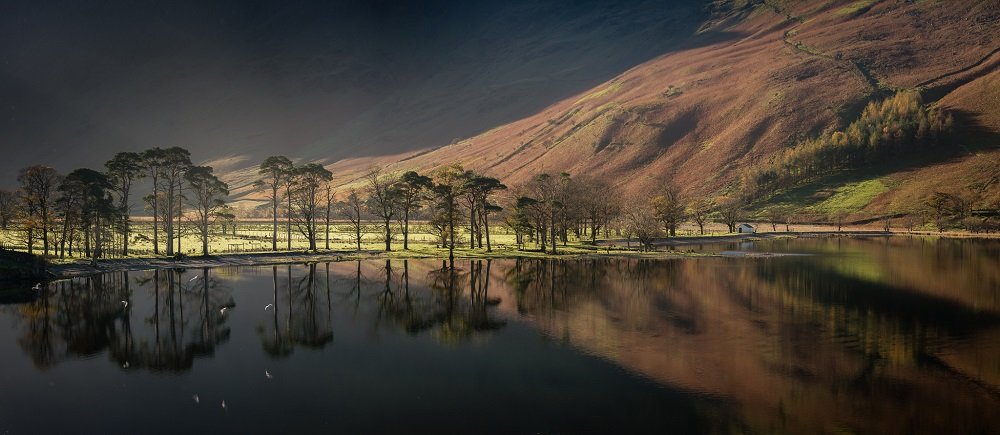
I have distinctly different emotional responses to sunrise and sunset when I’m out in the landscape, and I much prefer the feeling of dawn.
Of course, this is all purely subjective and you could feel completely differently, but a sunset feels like ‘the end’ to me. It’s the end of the possibilities for that day – I walk back to the car in darkness and head home to bed.
Sunrise, meanwhile, is the complete opposite. The world only gets brighter as the sun rises higher in the sky, and even after hours out in the field I still have the entire day ahead of me.
Dawn, to me, feels like it’s opening a world of possibilities.
Closing Thoughts
Many photographers never even consider that sunrise and sunset can actually be very different in terms of photography. The Golden Hour is The Golden Hour right?
It’s an understandable mistake to make, but I urge you to make that sacrifice of an early morning just once. It could entirely change your perspective on landscape photography, as it did with me.
Of course, you could still prefer the hours in the middle of the day or at sunset, but at least you won’t be left wondering!
Read More…
Ultimate Guide to Landscape Photography
Make the Most of that Rainy Day
Tearing Up the Rulebook – 12 Photography Rules and When to Break Them
Using Leading Lines to Improve Your Composition
 |
 |
 |
 |

About Alex W.
Alex is the owner and lead writer for Click and Learn Photography. An avid landscape, equine, and pet photographer living and working in the beautiful Lake District, UK, Alex has had his work featured in a number of high profile publications, including the Take a View Landscape Photographer of the Year, Outdoor Photographer of the Year, and Amateur Photographer Magazine.
Thoughts on "5 Reasons Why Sunrise is the Best Time for Landscape Photography"
 |
 |
 |
 |
You can Get FREE Gifts. Furthermore, Free Items here. Disable Ad Blocker to receive them all.
Once done, hit anything below
 |
 |
 |
 |